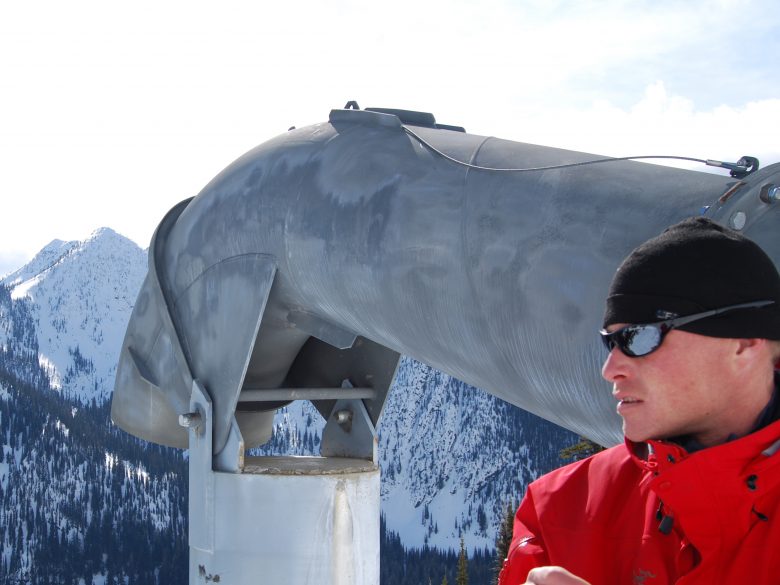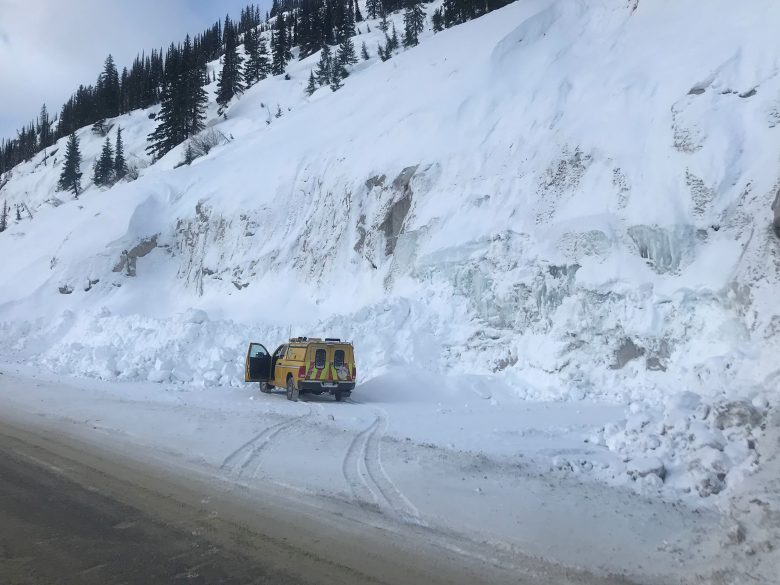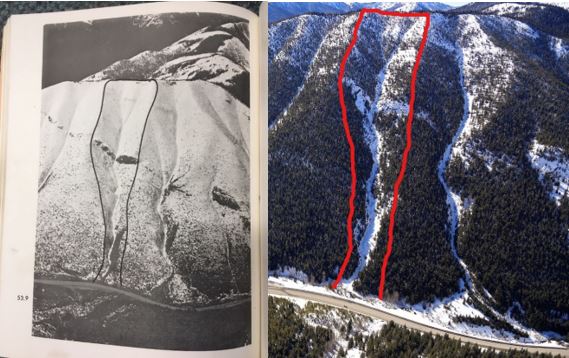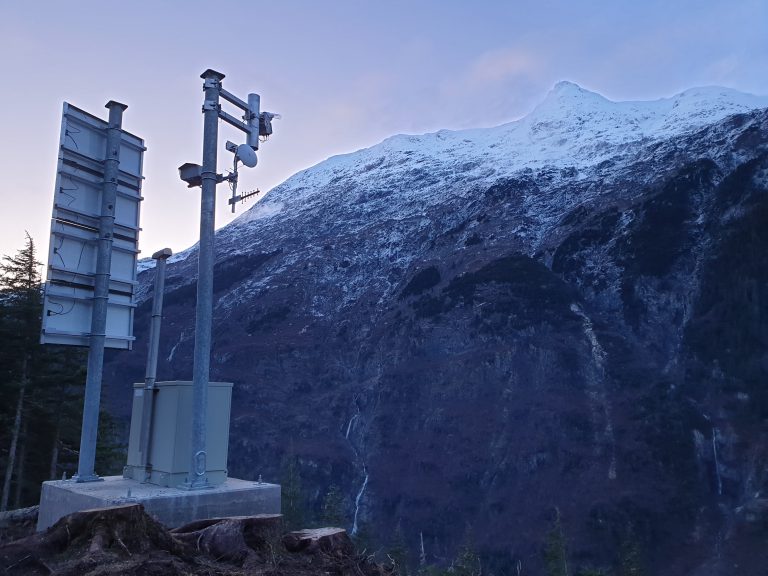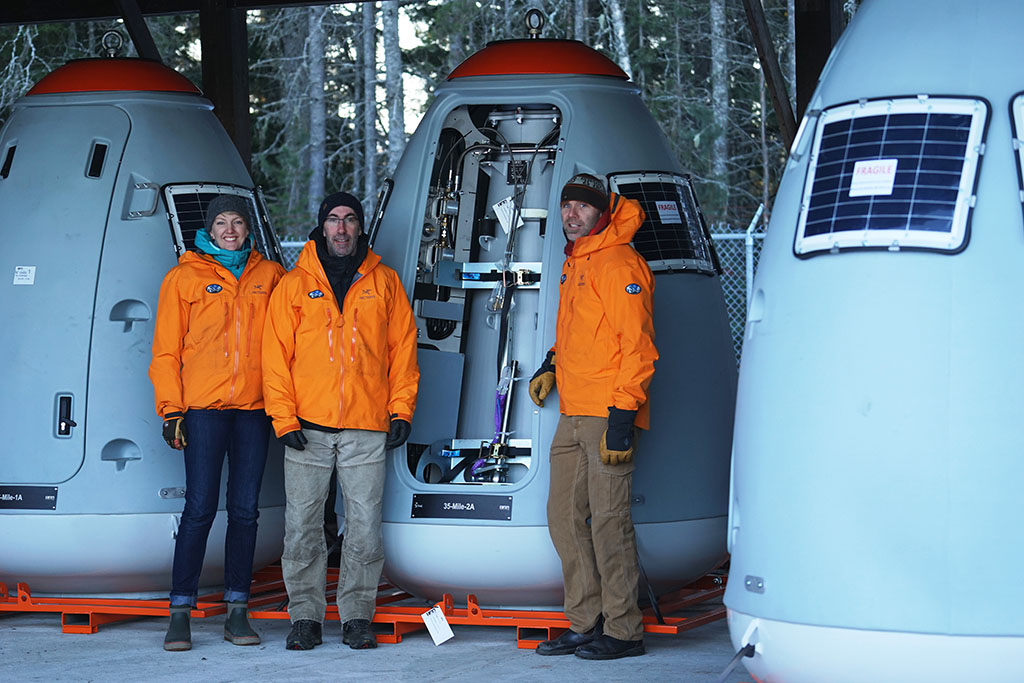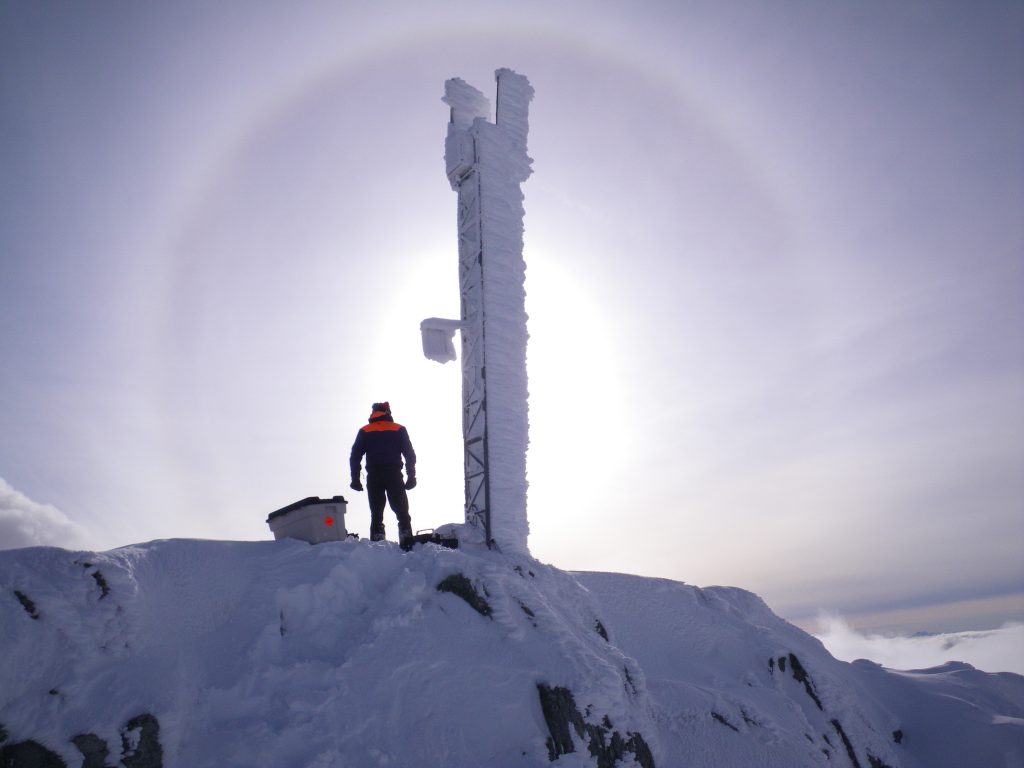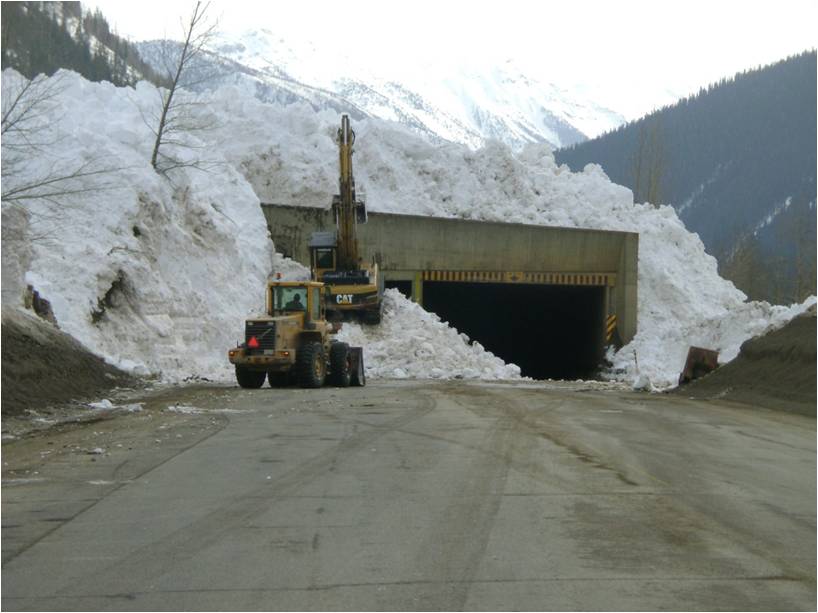BC’s Avalanche Program — Keeping You Safe From (Tons of) Falling Snow
Mountains are one of British Columbia’s most defining features, but those majestic snow-capped peaks can create some pretty hazardous driving conditions on our mountain passes during avalanche season, which typically runs from November to April.
